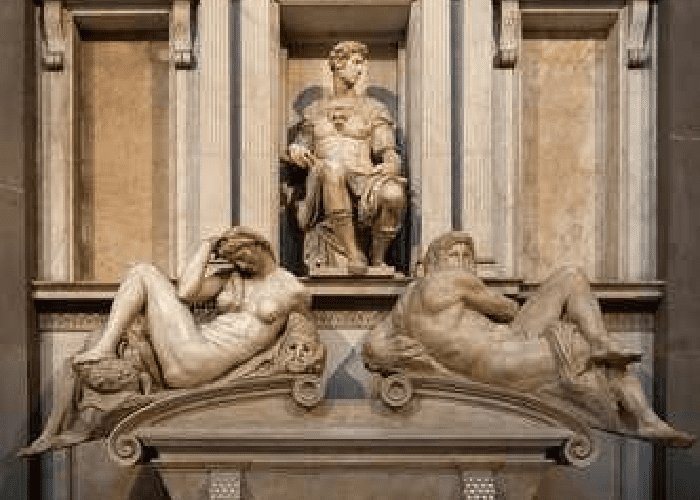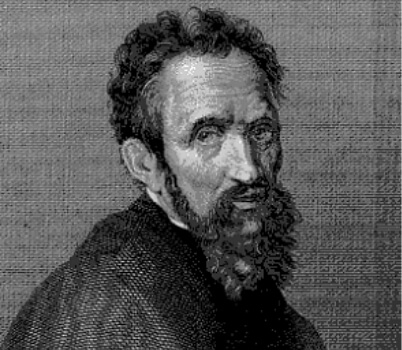Michelangelo, in full Michelangelo di Lodovico Buonarroti Simoni,
An Italian Renaissance sculptor, painter, architect, and poet who exerted an unparalleled influence on the development of Western art.
Today’s influential character is known for the frescoes on the ceiling of the Sistine Chapel (1508 –12) in the Vatican.
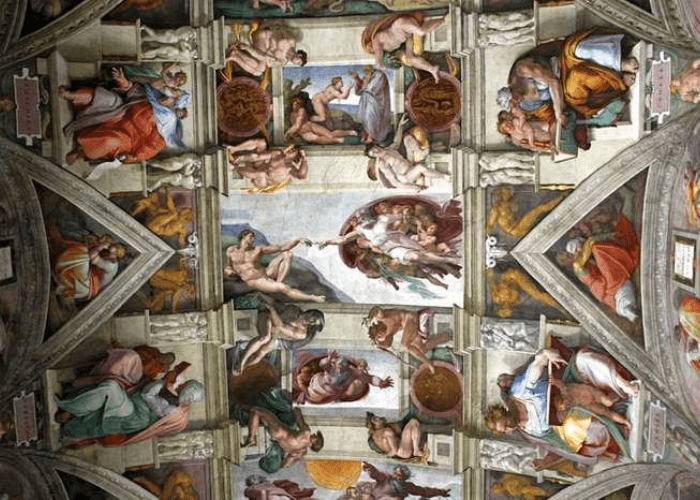
It include the iconic depiction of the creation of Adam interpreted from Genesis,
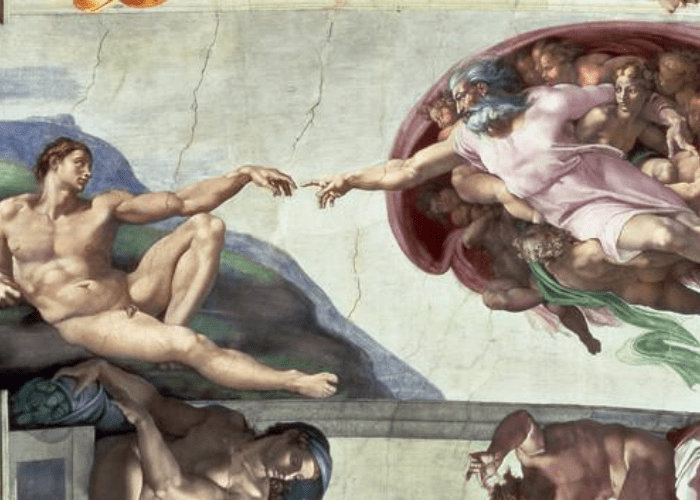
This was probably the best known of Michelangelo’s works today, but the artist thought of himself primarily as a sculptor. His famed sculptures include the David (1501), now in the Accademia in Florence,
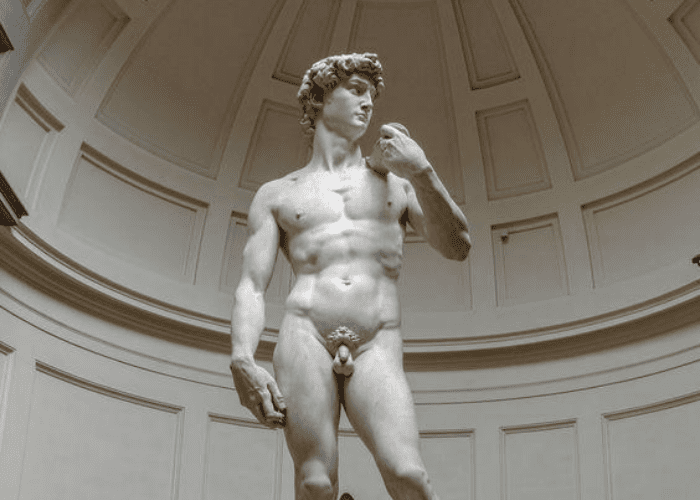
and the Pietà (1499), now in St. Peter’s Basilica in Vatican City.
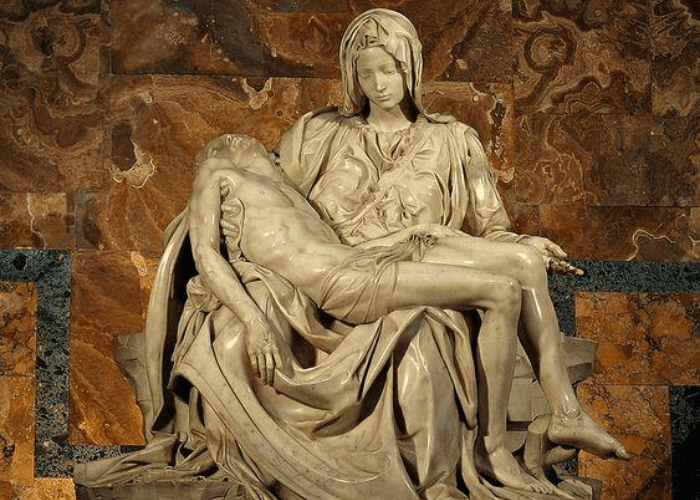
Michelangelo is considered one of the most brilliant artists of the Italian Renaissance. Michelangelo was an apprentice to a painter before studying in the sculpture gardens of the Medici family (House of Medici)
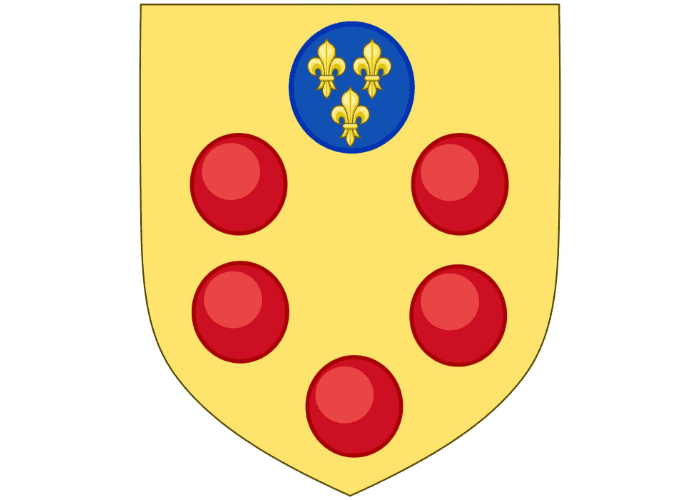
ِAfter that he had a remarkable career as an artist, famed in his own time for his artistic virtuosity. Although he always considered himself a Florentine, Michelangelo lived most of his life in Rome, where he died at age 88.
Michelangelo was considered the greatest living artist in his lifetime, and ever since then he has been held to be one of the greatest artists of all time. A number of his works in painting, sculpture, and architecture rank among the most famous in existence. The artist thought of himself primarily as a sculptor. His practice of several arts, however, was not unusual in his time, when all of them were thought of as based on design, or drawing. Michelangelo worked in marble sculpture all his life and in the other arts only during certain periods. The high regard for the Sistine ceiling is partly a reflection of the greater attention paid to painting in the 20th century and partly, too, because many of the artist’s works in other media remain unfinished.
It is claimed that the artist deliberately left them incomplete to represent this eternal struggle of human beings to free themselves from their material trappings. As you admire the Prisoners from different angles, one can notice Michelangelo’s love and understanding of the human anatomy.
A side effect of Michelangelo’s fame in his lifetime was that his career was more fully documented than that of any artist of the time or earlier.
Early Life
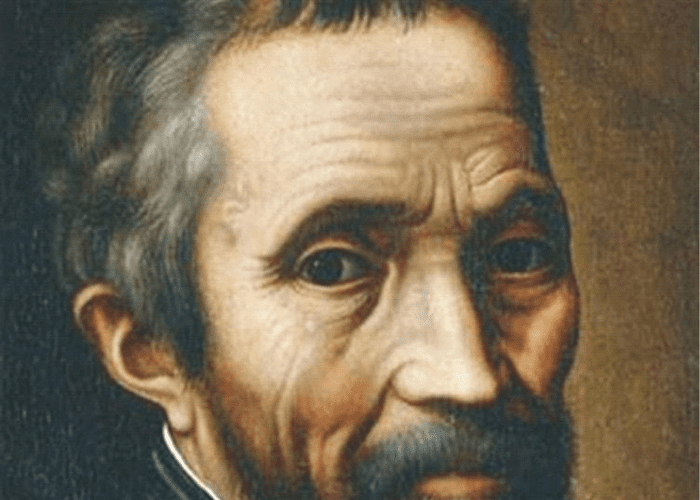
Michelangelo was born on March 6, 1475, in Caprese, Italy, the second of five sons.
When Michelangelo was born, his father, Leonardo di Buonarrota Simoni, was briefly serving as a magistrate in the small village of Caprese. The family returned to Florence when Michelangelo was still an infant.
His mother, Francesca Neri, was ill, so Michelangelo was placed with a family of stonecutters, where he later joked about saying: “With my wet-nurse’s milk, I sucked in the hammer and chisels I use for my statutes.”
Education
Michelangelo was not interested in schooling than watching the painters at nearby churches and drawing what he saw, according to his earliest biographers (Vasari, Condivi and Varchi). It may have been his grammar school friend, Francesco Granacci, six years his senior, who introduced Michelangelo to painter Domenico Ghirlandaio.
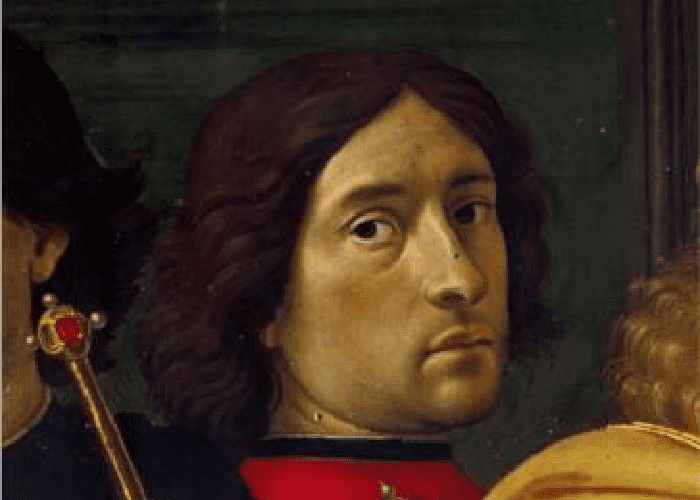
Michelangelo’s father realized that his son had no interest in the family business, so he agreed to train him, at the age of 13, to Ghirlandaio and the Florentine painter’s fashionable workshop. There, Michelangelo was exposed to the technique of fresco, the mural painting technique where pigment is placed directly on fresh, or wet, lime plaster.
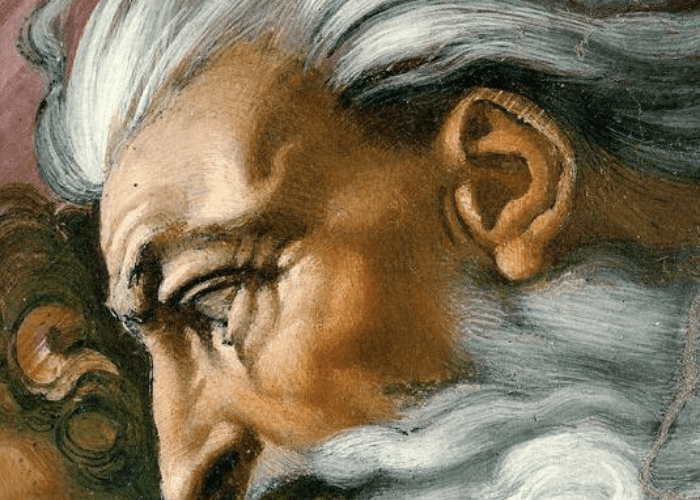
Eedici Family
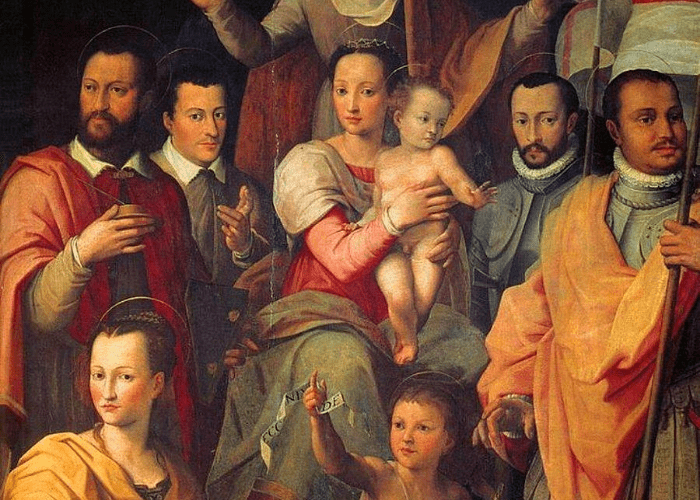
As we briefed before that Michelangelo had studied at the Medici family , From 1489 to 1492, he studied classical sculpture in the palace gardens of Florentine ruler Lorenzo de’ Medici of the powerful Medici family. This extraordinary opportunity opened to him after spending only a year at Ghirlandaio’s workshop, at his mentor’s recommendation.
This was a great time for Michelangelo; the years with the family permitted him access to the social elite of Florence allowing him to study under the respected sculptor Bertoldo di Giovanni and exposing him to prominent poets, scholars and learned humanists.
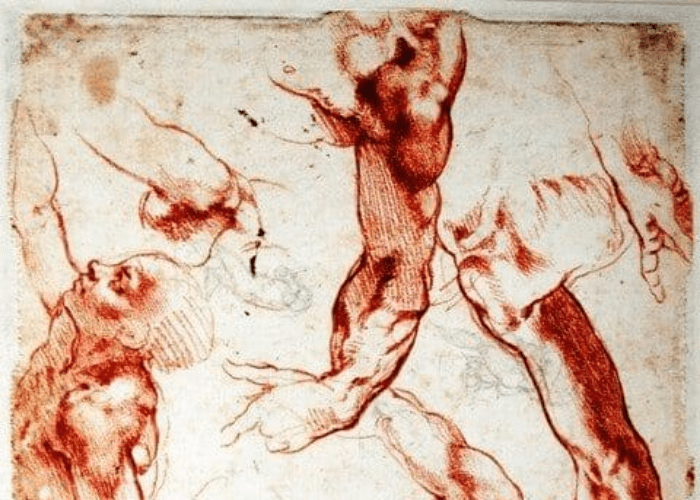
He also obtained special permission from the Catholic Church to study cadavers for insight into anatomy, though exposure to corpses had an adverse effect on his health.
These combined influences laid the groundwork for what would become Michelangelo’s distinctive style: a muscular precision and reality combined with an almost lyrical beauty. Two relief sculptures that survive, “Battle of the Centaurs” and “Madonna Seated on a Step,” are testaments to his phenomenal talent at the tender age of 16.
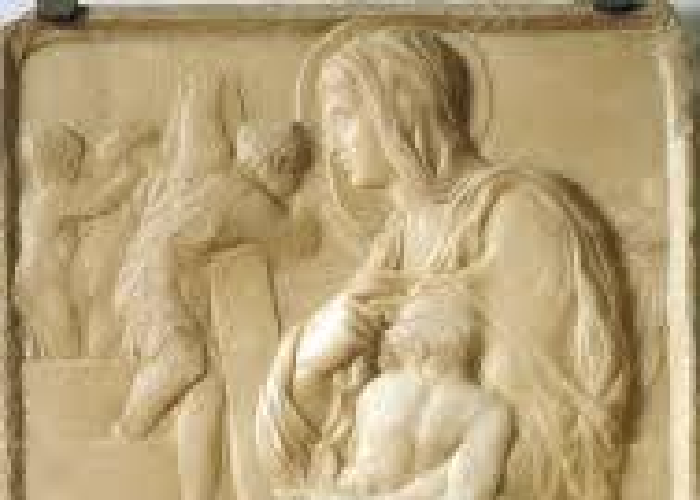
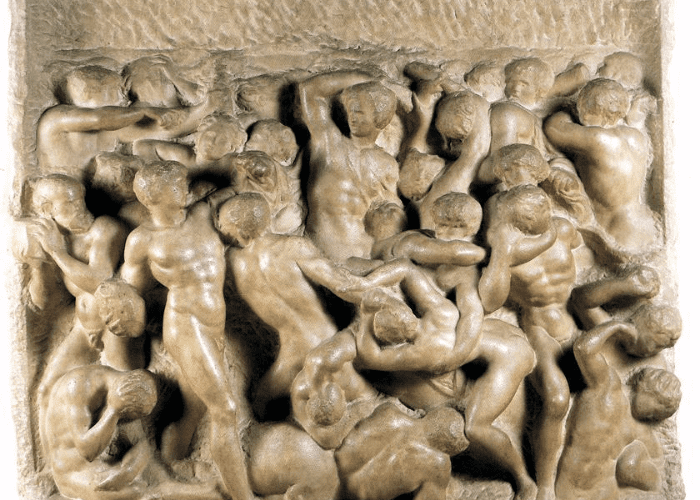
Living in Rome
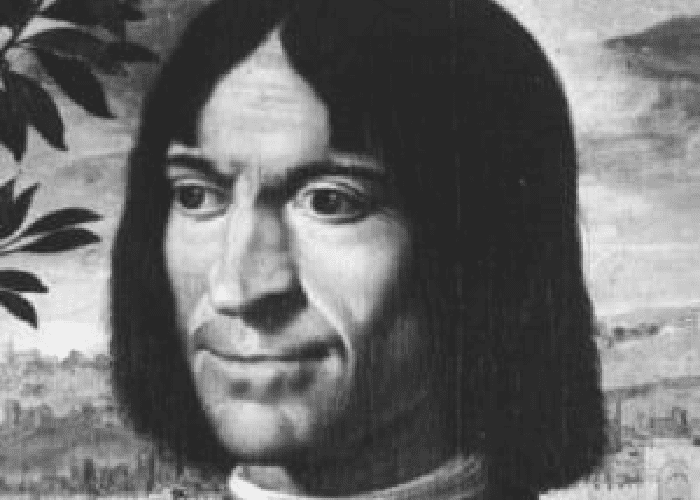
Political conflict in the aftermath of Lorenzo de’ Medici’s death led Michelangelo to flee to Bologna, where he continued his study. He returned to Florence in 1495 to begin work as a sculptor, modeling his style after masterpieces of classical antiquity.
There are several versions of an intriguing story about Michelangelo’s famed “Cupid” sculpture, which was artificially “aged” to resemble a rare antique.
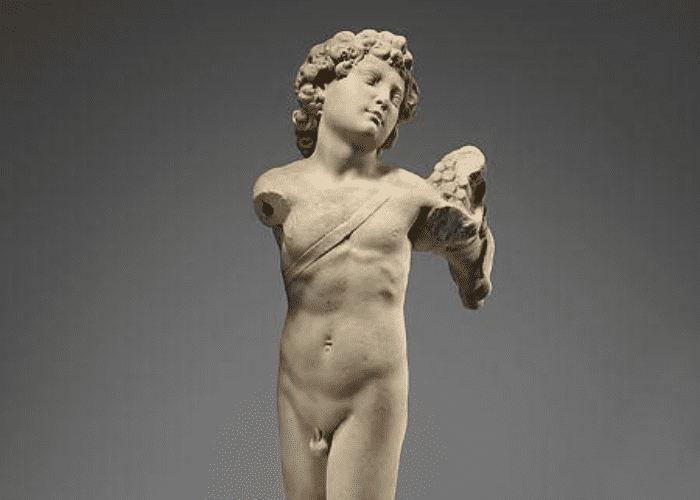
One version claims that Michelangelo aged the statue to achieve a certain patina, and another version claims that his art dealer buried the sculpture an “aging” method before attempting to pass it off as an antique.
Personality
Although Michelangelo’s intelligent mind and torrential talents earned him the regard and sponsorship of the wealthy and powerful men of Italy, he had his share of detractors.
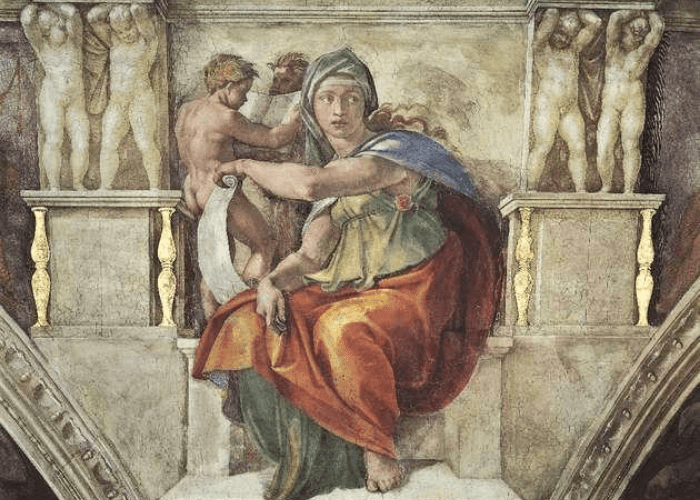
He had a contentious personality and quick temper, which led to fractious relationships, often with his superiors. This not only got Michelangelo into trouble, it created an unwelcome influence for the painter, who constantly pursued for perfection but was unable to compromise. He sometimes fell into spells of melancholy, which were recorded in many of his literary works, as he once wrote: “I am here in great distress and with great physical strain, and have no friends of any kind, nor do I want them; and I do not have enough time to eat as much as I need; my joy and my sorrow, my repose are these discomforts”
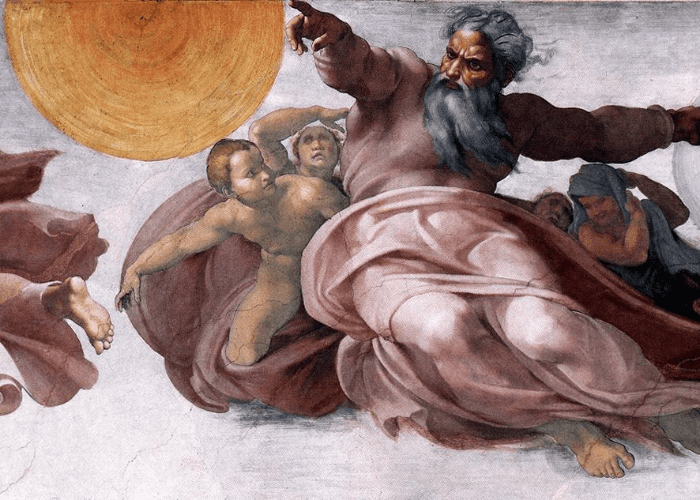
In his youth, Michelangelo had mocked one of his fellow students, and received a blow on the nose that scarred him for life.
And over the years, he suffered increasing inabilities from the accuracy of his work. In one of his poems, he documented the massive physical strain that he endured by painting the Sistine Chapel ceiling.
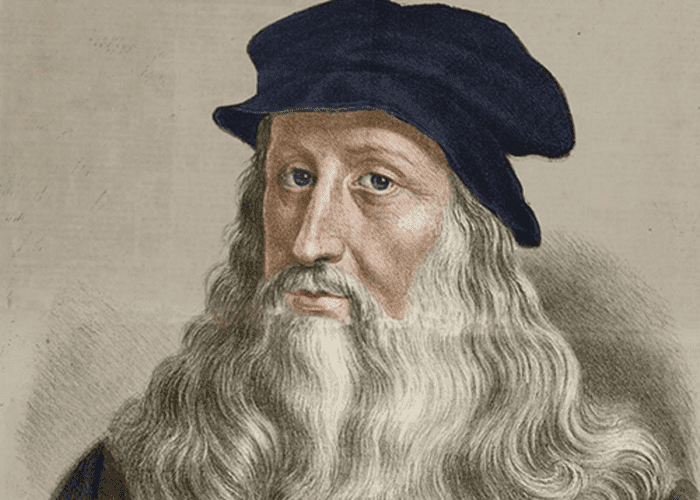
But his most memorable enmity was with fellow Florentine artist Leonardo da Vinci, who was more than 20 years older than him.
Poetry
Michelangelo’s poetic impulse, which had been expressed in his sculptures, paintings and architecture, began taking literary form in his later years.
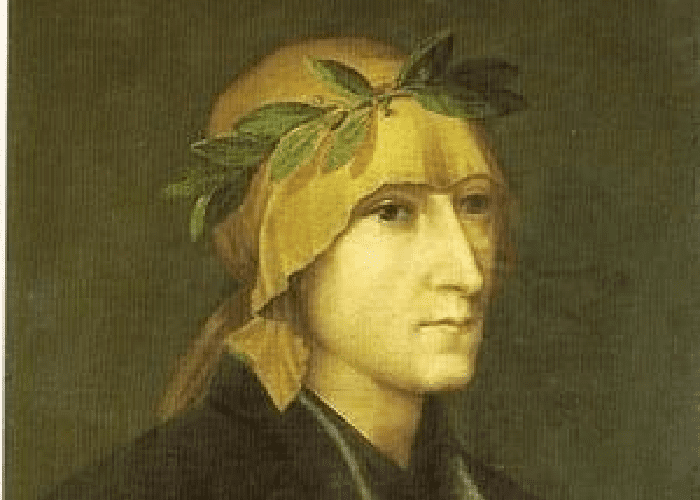
Although he never married, Michelangelo was devoted to a pious and noble widow named Vittoria Colonna, the subject and recipient of many of his more than 300 poems and sonnets. Their friendship remained a great consolation to Michelangelo until Colonna’s death in 1547.
Not as many artists, Michelangelo accomplished fame and wealth during his lifetime. He also had the odd distinction of living to see the publication of two biographies about his life, written by Giorgio Vasari and Ascanio Condivi.
Michelangelo’s artistic had dominance for centuries, and his name has become synonymous with the finest humanist tradition of the Renaissance.
